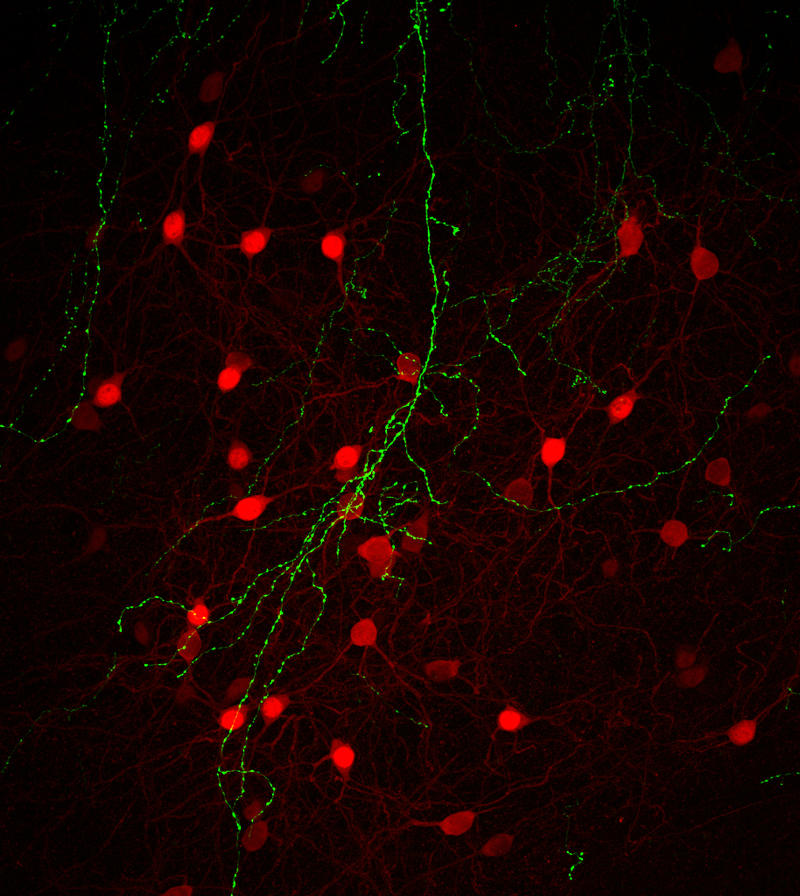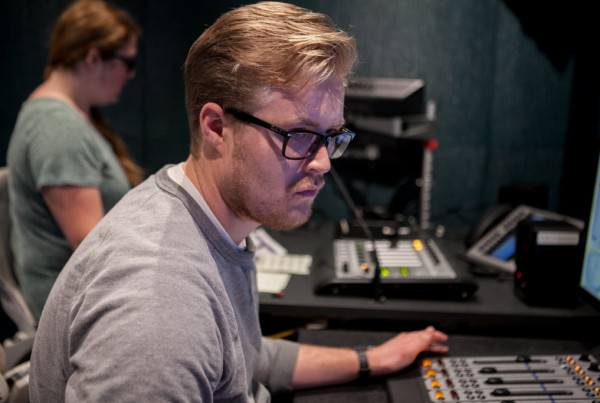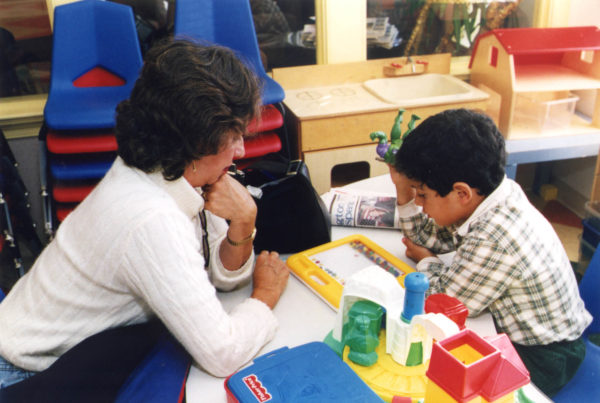From Texas Public Radio:
The brain remains one of the last frontiers of modern medicine. What some San Antonio scientists are learning about how the two halves of the brain communicate could lead to a new understanding of conditions like autism, schizophrenia and Parkinson’s disease.
The brain is a mystery — layers and layers of neurons — connections that define how we understand and interact with the world.
“The thing that we would like to know is really how the information is processed,” says Alfonso Apicella, Ph.D., a neurobiologist at theUniversity of Texas at San Antonio.
Apicella recently received a grant for more than $1 million from the Department of Health and Human Services to continue his work on how the brain’s left and right hemispheres process information.
“Everything that you do with your right side goes to the left side. Everything that you do with left goes to the right,” Apicella says.
Bundles of fibers connect the two brain halves, like cables going from one room to another. But people with a psychosis like schizophrenia or an autism spectrum disorder or Parkinson’s may have an interruption in the way those links work.
‘We play different tones while we have mice that we’re recording from their auditory cortex,” says doctoral student Crystal Rock, who explains genetically engineered mice are exposed to different sounds like beeps and white noise.
The lab records the brain cells’ response to the sounds. Rock says scientists can turn neurons on and off using specific wavelengths of light…a technique called optogenetics.
“So we’re basically making the neurons behave like they would in the brain,” Rock says. “We’re artificially turning neurons on and off.”
Apicella says the way we process sound requires good connections between brain halves. In some people, those connections may be abnormal.
“We need to understand what’s going on when the brain is compromised – how we can intervene to fix it,” Apicella says.
For instance, some people with schizophrenia experience auditory hallucinations which could be a result of mixed up communications between the brain hemispheres. Other people with autism have a thin layer of the corpus callosum, the fiber bundles connecting the halves. This may impact their ability to interact socially.
“I just wanted to be part of solving the mystery of the brain,” says doctoral student Hector Zurita who says he chose neurobiology because there is so much room for discovery in the field.
“It’s so complex,” Zurita says. “There are so many levels of the brain that we don’t know about.”
With 200 million neurons in the fibers connecting left and right in the brain, there’s a wealth of knowledge to be learned as scientists chase the mysteries of how the brain turns input into action.















